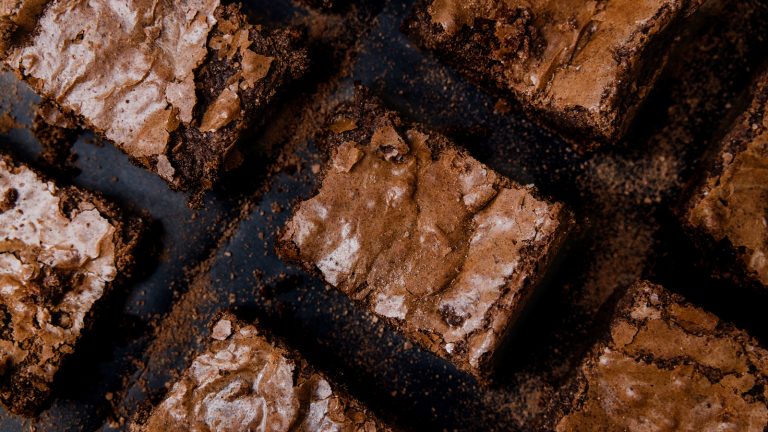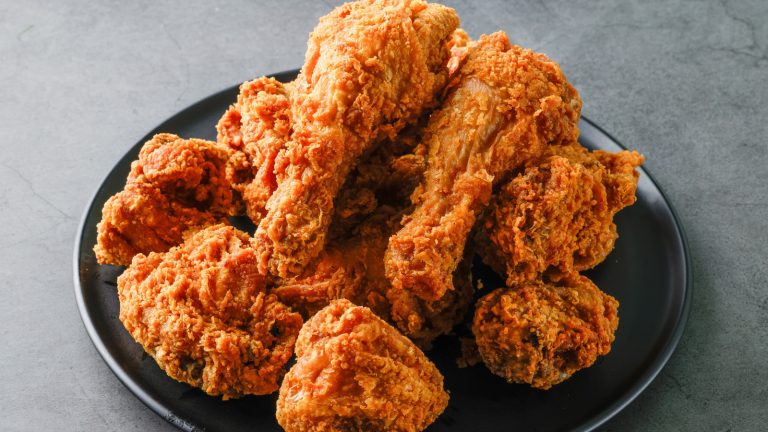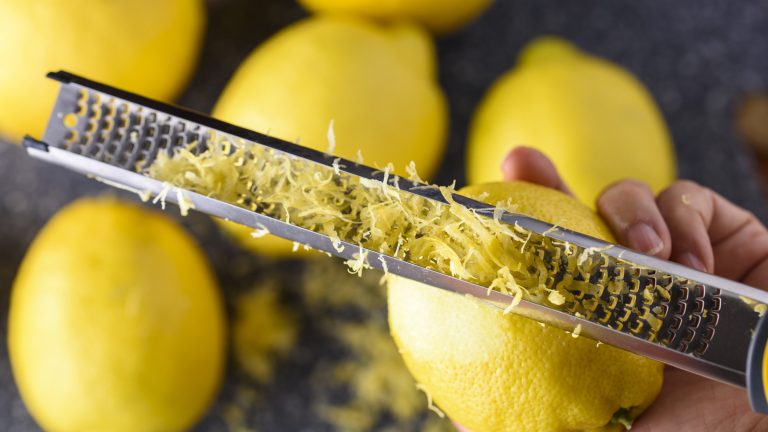You know that sound — the squeak that’s a bit reminiscent of sliding your hands down the inside of a wet shower door. Some people find it a bit disconcerting, while others love the sound so characteristic of halloumi. And there is actually a scientific reason behind why halloumi cheese makes this sound. The main actors in the creation of the squeak are a protein found in cheese, called casein, and calcium.
These two elements are firmly bonded together during processing, and as we bite down into the cheese, friction is created as they engage with the enamel on our teeth. This friction creates that squeaky, slidey sound. You see, halloumi is a relatively young cheese, so the proteins haven’t had time to break down. This means they’re still firm and strongly bonded. Same thing with the calcium — because halloumi generally has a high pH, meaning it’s low in acidity, there isn’t enough acid, or time, for the calcium to be dissolved.
With calcium being what binds the proteins together like glue, these bonds are strong as the calcium’s structure is still firmly intact. So, this power couple creates a solid structure that holds its own against our hungry bite. The fresher the halloumi, the squeakier it will be, with time and maturation allowing those proteins and the calcium to break down. This is called proteolysis, where enzymes found in the cheese start to break down these firm structures.
Reviving the squeak
If you love the squeak in your halloumi but it’s started to lose its voice a little, some believe that if you pop it in the microwave for a couple of seconds it tightens up those proteins and gives the cheese its squeak back, if for a short time only. Don’t zap it for too long, though, because your halloumi will then melt, and heat does the same thing as the enzymes do — it breaks those binding structures down. Similarly, cool temperatures will help to keep your halloumi’s structure more rigid to belt out a commendable squeak.
And if you’re keeping your halloumi for a starter platter at your next cookout, keep it frozen until you need it to keep your squeak intact. Other types of cheese that give you a squeal when you bite into them include young mozzarella, Finnish bread cheese, and your standard cheese curds. These are all young cheeses, meaning the protein and calcium structures are still strong.
Finnish bread cheese is an interesting one, because it can be served in delicious squeaky slices with a dollop of honey at breakfast. And did you know that cheese curds are made quite early as part of the cheesemaking process when they are separated from the whey? They come in flavored varieties, with one of the most delicious ways of enjoying them being deep fried. Try one of these yummy dipping sauces to take your curds to the next level.






